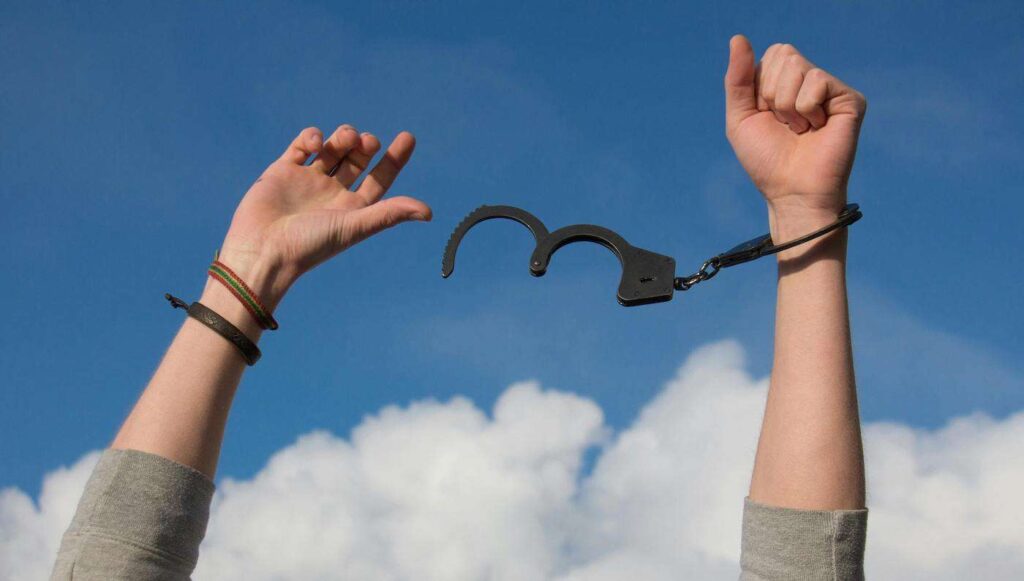Love is like oxygen: You get too much, you get too high—not enough and you’re gonna die.
This refrain from Sweet’s 1978 pop hit, “Love Is Like Oxygen,” could just as easily apply to the psychological maneuver of escaping reality. In both love and escape, there’s a balance to be struck. Although people might reflexively frown upon the act of shutting one’s eyes to what’s going on around them, I’m here to tell you as a clinical psychologist it has a legitimate place in our coping skills toolbox. Nobody willingly swings wide-open the door of reality’s blast furnace and thrusts their face into it. When people are forced by circumstances beyond their control to behold that inferno’s indifferent destructiveness, mental and emotional circuit-breakers get activated to mitigate the damage and distress by interrupting the connection to reality. Some version of detachment and numbness dulls the otherwise unbearable pain, perhaps accompanied by gross distortions in logical processing and perception. This is what it means to be traumatized, and such experiences can have profoundly detrimental and long-lasting consequences.
 Obviously, there are many degrees of intensity here. Relatively minor disruptions might last mere hours or days as a person goes through a brief period of feeling stunned and disoriented by an unexpected and unwanted development. It may be something they always knew was a possibility, but they’d ignored this fact because it seemed improbable or because dwelling on it would detract from their focus on things that needed to be done or things they wanted to enjoy in other domains. This is perfectly understandable, of course, and often not a moral failing, but it is undeniably, er, denial. When the stressful impact is manageable, the person initially struggles to reconcile their previous position, “That won’t happen!” with the evidence now piercing their old bubble. There’s a phase of confusion, “How could this happen?!” With time, support and reflection, they eventually digest the experience with grief as a necessary digestive enzyme. They must mourn, among other things, the loss of their denial and accept and integrate an aspect of reality they had excluded. Their escape failed; now it’s time to “get real.” When this process goes well, they emerge from the ordeal with a more complete and accurate view of life and how things actually work—what we commonly refer to as wisdom. In the best outcomes, they are more sober, but not cynical. While it’s true bad things really can happen, that doesn’t mean only bad things happen, or that healing can’t occur.
Obviously, there are many degrees of intensity here. Relatively minor disruptions might last mere hours or days as a person goes through a brief period of feeling stunned and disoriented by an unexpected and unwanted development. It may be something they always knew was a possibility, but they’d ignored this fact because it seemed improbable or because dwelling on it would detract from their focus on things that needed to be done or things they wanted to enjoy in other domains. This is perfectly understandable, of course, and often not a moral failing, but it is undeniably, er, denial. When the stressful impact is manageable, the person initially struggles to reconcile their previous position, “That won’t happen!” with the evidence now piercing their old bubble. There’s a phase of confusion, “How could this happen?!” With time, support and reflection, they eventually digest the experience with grief as a necessary digestive enzyme. They must mourn, among other things, the loss of their denial and accept and integrate an aspect of reality they had excluded. Their escape failed; now it’s time to “get real.” When this process goes well, they emerge from the ordeal with a more complete and accurate view of life and how things actually work—what we commonly refer to as wisdom. In the best outcomes, they are more sober, but not cynical. While it’s true bad things really can happen, that doesn’t mean only bad things happen, or that healing can’t occur.
In more extreme cases, the traumatized person remains in a precarious relationship to reality, oscillating back and forth between a deeply disturbing unfiltered immersion in something they cannot bear, and some reaction that provides transient relief—either a shutting down of most every emotion (with the possible exception of rage), or a wild escape into an imaginary space wherein their losses and injuries no longer exist. Such escape may involve unrealistic fantasies or outright delusions, but the purpose is the same, and the resulting interference with their daily functioning is proportional to the contrast between what’s happening in the real world and what’s happening in their mind. People in this state don’t just “snap out of it” when presented with rational arguments or even concrete evidence contradicting their erroneous beliefs. The psychological processes involved prioritize self-protection over all other considerations, and the disconnect from reality endures as long as the original trauma remains undigestible. None of us can “face the facts” when those facts would crush us; that theoretical option is rendered moot by our automatic self-protective circuitry. As problematic as large-scale escapism can be for our practical existence, we can’t simply abandon it without substantive help. We need something to cushion the blow, usually in the form of others’ well-attuned care.
This isn’t meant to be a discourse on trauma or healing, so let’s turn our attention to more prosaic types of escape. I rolled out the earlier examples to illustrate the vital role escape plays in maintaining our psychological equilibrium. This principle is easiest to appreciate in dramatic situations, but it plays out routinely and ubiquitously on a smaller scale. We’re constantly bombarded with unpleasant realities, from scheduling snafus to tedious paperwork to the aches and pains of aging. The list goes on and on. Depending on how reactive we are to a particular impingement, we may become agitated with anger or worry, fall into despair, or decide to “put it out of our mind” in response. This happens throughout each and every day, although we don’t necessarily notice it because it’s a mostly automatic process. In the background, our minds are constantly filtering the countless streams of input available to us, allowing some minuscule subset of that information to intrude into consciousness, where we’ll make more deliberate assessments and choices.

We couldn’t hope to function without this unconscious screening; there’s just way more to process than the finite bandwidth of consciousness can handle. Many things get managed outside our awareness to conserve cognitive resources, like most of our bodily functions and our navigation of familiar repetitive situations. Other things are deemed unworthy of our attention, such as the remote possibility of getting audited by the IRS or the existential threat of contracting a deadly disease this afternoon, although if questioned, we’d give a token nod to the reality such things actually could occur. And then there are those things blocked from conscious consideration not because they’re improbable, but because we’d rather not be troubled by them. Countless potential threats are always hovering around us, but—wittingly or unwittingly—we select only a few to attend to, and then only when we can’t ignore them because they’ve been highlighted by the specifics of our personal history and immediate circumstances. We employ denial and distraction—our two primary means of escape—on such a regular basis it’s impossible to fully grasp the extent to which we rely on them to get through any given day! What we’re aware of is forever dwarfed by what we’re unaware of, which includes not only what we can’t possibly know, but also lots we could know, but instead turn a blind eye to.
Having established that escape is a normal aspect of human nature and an absolute necessity, not only in times of severe distress, but also during mundane daily existence, I hope it carries less of a pejorative connotation. Surely everyone understands we need breaks from the stressors perpetually bearing down on us from the outside, along with the pressures and pains emerging from within us. I just wanted to put this into a larger context, so I can emphasize the importance of proactively using escape to regulate our psychological state. Doing so helps reduce the likelihood we’ll need to muster a more extreme form to cope with problems that will inevitably arise going forward. Interrupting and intermittently relieving stress keeps it from compounding momentum. Future spikes launch from a lower baseline and therefore reach a lower peak. Plus, if we’re well-practiced at a healthy version of escape, we’ll be better able to utilize it effectively when there’s a surge in our level of upset. Too much escapism leaves us dangerously untethered from reality and vulnerable to being blindsided, but too little can create metal-on-metal contact with realities we lack the reserves to handle constructively.

The Ride Inside with Mark Barnes is brought to you by the MOA Foundation. You can join the BMW Motorcycle Owners of America quickly and easily to better take advantage of the Paul B Grant and Clark Luster programs mentioned in this episode.
You know where this is going. This is a motorcycle enthusiast publication, after all! Motorcycles can serve as highly effective escape vehicles, even when they’re in pieces in the garage. Sometimes, “escape velocity” can be achieved between the door of that garage and the end of the adjacent driveway—with the throttle barely cracked. Riding and wrenching perform the escape function so well because they facilitate both denial and distraction. Let’s start with the latter, because the tasks of riding and wrenching generally demand our full attention. Being vigilant for hazards and avoiding mishaps require active concentration and the tracking of numerous variables. Ideally, we experience some mild anxiety in the mix—enough to keep us on our toes and not fall prey to complacency or overconfidence, since the stakes can be astronomical. This steady tension is usually experienced as part of the exhilaration, rather than something aversive, but it can take the form of chronic fear that precludes enjoyment and detracts from the safety of insecure riders and the efficiency of nervous wrenchers. When a ride or mechanical project is going well, however, the rest of our life is eclipsed by the choices and actions comprising the here and now; there simply isn’t any surplus awareness for other concerns when we’re fully absorbed in our immediate situation—we have effectively left the rest of the world behind.
(That said, every rider has had the experience of cruising down an empty road at a relaxed pace on autopilot, with a rich stream of contemplations running through their mind. While such moments can be immensely pleasurable, and even spawn valuable insights, they’re not what I consider “ideal” riding due to the seriously compromised safety of the daydreaming pilot—better to not be distracted during your distraction from everything else.)
Getting back to denial, how’s that involved in motorcycling escapism? It may be less readily apparent (denial usually is) and can manifest in many different ways, depending on the individual. Someone who is feeling helpless elsewhere in their life can cancel and reverse that feeling with a twist of the wrist, as the motorcycle’s forward thrust generates a sense of power and control to offset and contradict the opposing sentiment, which gets left behind as a result. We might be mired in a tangled, chaotic mess that makes no sense to us in some other realm, but at our workbench, we enter a world of strict and reliable organization wherein the laws of physics reward our systematic applications of logic and the scientific method. Even if we’re baffled at first, there is always an answer and solution to be found (though not necessarily quickly, easily or cheaply). That’s not the case in other settings wherein we may have to contend with ambiguities and frustrations that prove interminable despite our relentless efforts. Those scenarios dissolve as we snuggle up to the cold, hard, concrete components of a valvetrain or clutch basket. Tools allow us to transcend the limitations of our bodies and negotiate with objects at a level of precision and efficacy utterly impossible in our relations with other human beings. I could keep going, but you get the idea. Many unwelcome aspects of everyday life can be negated, at least temporarily, by a wide variety of motorcycle-related activities. That’s what I mean by denial.

If we can now agree being a motorcyclist provides opportunities for essential respite from the toxic elements of daily life, what about the peril of too much escape? It is certainly possible to become overly reliant on denial and distraction, regardless of where we source them; they can be intoxicating even as they serve as anti-toxins. Being a motorcycle enthusiast is one thing; being obsessed and monomaniacal is another. In real-deal addiction, the substance or activity doesn’t simply provide an escape route, but does so at the expense of all other areas of life. While the pleasure it initially offered fades, the pleasure available from other sources gets completely snuffed out. Everything aside from the addiction becomes tedious, annoying and meaningless, including things that had been genuinely gratifying before. It becomes more and more necessary to extract comfort or excitement from the addictive practice as those feelings are drained from other areas. All of reality can become a source of distress, not only the original suffering. The substance or activity promises relief, and the addict chases it compulsively, even when they have some awareness of the illusion involved; ironically, that awareness may be the most painful thing from which they seek relief. Because life is truly challenging, nobody can successfully manage necessary tasks when focused solely on escape. Things unravel. A vicious cycle ensues, there’s never enough escape on tap, and eventually the person is destroyed by their increasingly desperate pursuit of it—or they get help tolerating whatever had been unbearable so escape is no longer the only means of coping.
No doubt, some motorcyclists become so single-minded they neglect valuable relationships, make disastrous financial decisions in the service of their insatiable hunger for ever-greater intensity (fancier hardware, more extreme adventures), and perform poorly at crucial tasks because of their preoccupation with the “rider lifestyle” and withdrawal of significant investment in anything else. In extremely rare cases, such devotion might yield success in some form of competition, but even then the lack of balance would likely be their undoing. Too much disconnection from the broader realities of life leads to the downfall of many a celebrity, no matter how fantastic their achievements within a narrowly defined sphere. While motorcycling has much to offer us in the way of escape, and is therefore a precious treasure, we need to cultivate other coping methods, too. The weight of life’s burdens is more than any one strategy can bear, even one as potent as moto-escape.
Mark Barnes is a clinical psychologist and motojournalist. To read more of his writings, check out his book Why We Ride: A Psychologist Explains the Motorcyclist’s Mind and the Love Affair Between Rider, Bike and Road, currently available in paperback through Amazon and other retailers.

